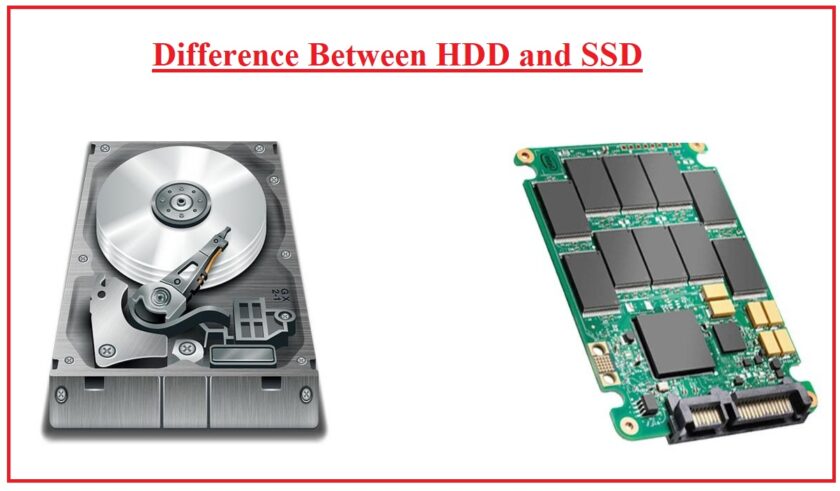Data Visualization is the graphical representation of data and information using visual elements like charts, graphs, maps, and dashboards. The purpose of data visualization is to make complex data more accessible, understandable, and usable by presenting it in an easy-to-digest visual format. It helps in identifying patterns, trends, and outliers in large datasets, making it a critical component of data analysis and decision-making.
Here’s a comprehensive overview of data visualization, its importance, tools, types, and best practices:
1. Importance of Data Visualization
- Improved Data Comprehension:
- Visualizing data transforms raw numbers into visual stories, making it easier for users to grasp complex datasets quickly.
- Example: A line chart showing revenue growth over the years is easier to interpret than reading a table of numbers.
- Faster Decision-Making:
- Visual data is easier to process, allowing stakeholders to make informed decisions more quickly based on the insights presented.
- Example: Executives can quickly assess company performance using a dashboard that visualizes KPIs in real-time.
- Identifying Patterns and Trends:
- Visualization highlights trends, correlations, and patterns in the data that might not be obvious in raw formats.
- Example: A heatmap showing sales across different regions can reveal which areas have higher sales concentrations.
- Detecting Outliers and Anomalies:
- Visual representations of data can quickly reveal outliers or unusual patterns that require further investigation.
- Example: A scatter plot might show one product outperforming or underperforming relative to others.
- Effective Communication:
- Visuals help in communicating data-driven insights to non-technical audiences more effectively, making data accessible to everyone.
- Example: A pie chart illustrating market share can quickly convey information to stakeholders unfamiliar with complex data analysis.
2. Types of Data Visualizations
Different types of data visualizations serve different purposes. Below are some of the most common types:
- Bar Charts:
- Used to compare quantities across different categories.
- Example: Comparing sales performance across various product lines.
- Line Charts:
- Ideal for showing trends over time.
- Example: Tracking monthly revenue growth over the past year.
- Pie Charts:
- Best for showing proportions and percentages within a whole.
- Example: Visualizing market share distribution among competitors.
- Scatter Plots:
- Used to show relationships or correlations between two variables.
- Example: Examining the relationship between marketing spend and sales revenue.
- Histograms:
- Used to visualize the distribution of a dataset.
- Example: Showing the frequency distribution of exam scores in a class.
- Heatmaps:
- Represent data using color intensity, often used to show the magnitude of values across a matrix.
- Example: Analyzing website visitor activity over time, where darker areas represent higher traffic.
- Bubble Charts:
- Similar to scatter plots but with an added third dimension, where the size of the bubble represents an additional variable.
- Example: Visualizing profit (bubble size) based on sales volume and market size.
- Geographical Maps:
- Used to visualize data across geographical locations.
- Example: Mapping out customer locations to identify regions with the highest sales.
- Gantt Charts:
- Used for project planning and tracking progress over time.
- Example: Visualizing project milestones and timelines in project management.
- Dashboards:
- A collection of multiple visualizations combined into a single interface for real-time monitoring and analysis of key performance indicators (KPIs).
- Example: A sales dashboard that visualizes sales data, regional performance, and product-level KPIs in one view.
3. Popular Data Visualization Tools
- Tableau:
- Tableau is widely used for creating interactive dashboards and visualizations. Its drag-and-drop interface makes it accessible for both beginners and advanced users.
- Features: Real-time collaboration, supports large datasets, integrates with numerous data sources.
- Power BI:
- Power BI by Microsoft is another popular tool for creating business intelligence reports and dashboards. It integrates seamlessly with other Microsoft tools like Excel and Azure.
- Features: Real-time data monitoring, AI-powered insights, cloud-based sharing.
- Google Data Studio:
- A free tool from Google that allows users to create customizable dashboards and reports using Google data sources like Analytics, Sheets, and Ads.
- Features: Real-time collaboration, easy data connection, and report sharing.
- D3.js:
- D3.js is a JavaScript library for creating highly customizable and interactive web-based visualizations. It’s powerful but requires coding knowledge.
- Features: Flexible design options, custom interactivity, and control over data representation.
- Excel:
- Although primarily a spreadsheet tool, Excel has built-in charting capabilities for basic data visualization and analysis.
- Features: Easy to use, widely available, integrates with other Office tools.
- Qlik Sense:
- A self-service data visualization and discovery tool that allows users to explore data and create interactive reports.
- Features: In-memory data processing, drag-and-drop functionality, associative data modeling.
- Looker:
- A data platform focused on creating interactive visualizations and dashboards that integrate well with big data environments.
- Features: Customizable dashboards, SQL query-based, strong data exploration capabilities.
4. Best Practices for Data Visualization
- Know Your Audience:
- Tailor visualizations based on the knowledge and preferences of your audience. Executives may prefer high-level overviews, while analysts might need detailed data.
- Example: Use simple, clear visuals for non-technical stakeholders but provide drill-down capabilities for analysts.
- Choose the Right Chart Type:
- Use charts that best represent the data you’re trying to convey. For instance, line charts are ideal for time-series data, while bar charts work well for category comparisons.
- Example: Don’t use pie charts if the data categories are too many or too similar in size.
- Keep It Simple:
- Avoid cluttering visuals with unnecessary elements like 3D effects, excessive text, or too many colors. Simplicity enhances clarity.
- Example: Use minimalistic designs with clear labels and legends.
- Ensure Accuracy:
- Visuals should not distort the data. Avoid misleading scales or omitting important context that could mislead your audience.
- Example: Start y-axes at zero to avoid exaggerating differences between data points.
- Use Consistent Color Schemes:
- Colors should be used consistently to represent the same categories across different charts, and colorblind-friendly palettes should be considered.
- Example: If “Sales” is represented in blue in one chart, it should remain blue across all other visualizations.
- Provide Context:
- Add titles, labels, and legends to help the audience understand what the data represents. Context is key to making visuals meaningful.
- Example: A bar chart without axis labels might confuse viewers about what’s being compared.
- Incorporate Interactivity:
- Where possible, allow users to interact with the data, such as filtering data points, hovering over elements for additional information, or drilling down into details.
- Example: Dashboards often allow users to click on visual elements to explore different dimensions of the data.
- Tell a Story:
- Data visualization should not just present data; it should help tell a story or convey insights that are actionable or relevant to decision-makers.
- Example: Use a sequence of visualizations to show the impact of marketing campaigns on sales over time.
5. Challenges in Data Visualization
- Data Overload:
- Visualizing too much data at once can overwhelm users. Focusing on key insights is essential to avoid information overload.
- Solution: Break down complex datasets into simpler, more digestible visuals or use dashboards to group related information.
- Misleading Visuals:
- Inaccurate scales, improper chart selection, or lack of context can result in misinterpreting data.
- Solution: Use appropriate scales and chart types, and always present data with context and accuracy.
- Data Quality Issues:
- Poor data quality can lead to incorrect or biased visualizations, making insights less reliable.
- Solution: Ensure data is clean, accurate, and properly validated before creating visualizations.
- Limited Flexibility in Tools:
- Some tools may not offer the flexibility required for highly customized or complex visualizations.
- Solution: For highly specialized needs, consider using tools like D3.js that offer extensive customization, though they may require technical skills.
6. Future of Data Visualization
- AI-Powered Visualizations:
- AI and machine learning algorithms are being integrated into visualization tools to automatically generate insights, recommend visual formats, or even predict trends based on data patterns.
- Example: Tools like Tableau and Power BI are beginning to incorporate AI-driven recommendations for visualizations and dashboards.
- Augmented Reality (AR) and Virtual Reality (VR):
- AR and VR technologies are being explored to create immersive data visualization environments where users can interact with and explore data in 3D space.
- Example: Using VR to visualize complex datasets like geographic data, enabling users to “walk through” the data.
- Real-Time Visualizations:
- The demand for real-time data insights is growing, especially in industries like finance, healthcare, and IoT, where decision-making is time-sensitive.
- Example: Dashboards that visualize stock market data or server performance metrics in real-time.
- Collaborative Visualization:
- Future tools will focus more on collaboration, allowing teams to work together on data analysis and visualization projects in real-time.
- Example: Google Data Studio and Power BI already offer features for collaborative report building, and this trend will grow.
Conclusion
Data visualization is a powerful tool that transforms data into meaningful insights. By choosing the right visual formats, using intuitive tools, and adhering to best practices, organizations can unlock the full potential of their data and communicate insights effectively. As technology evolves, data visualization will continue to play a crucial role in decision-making, storytelling, and driving innovation across industries.






